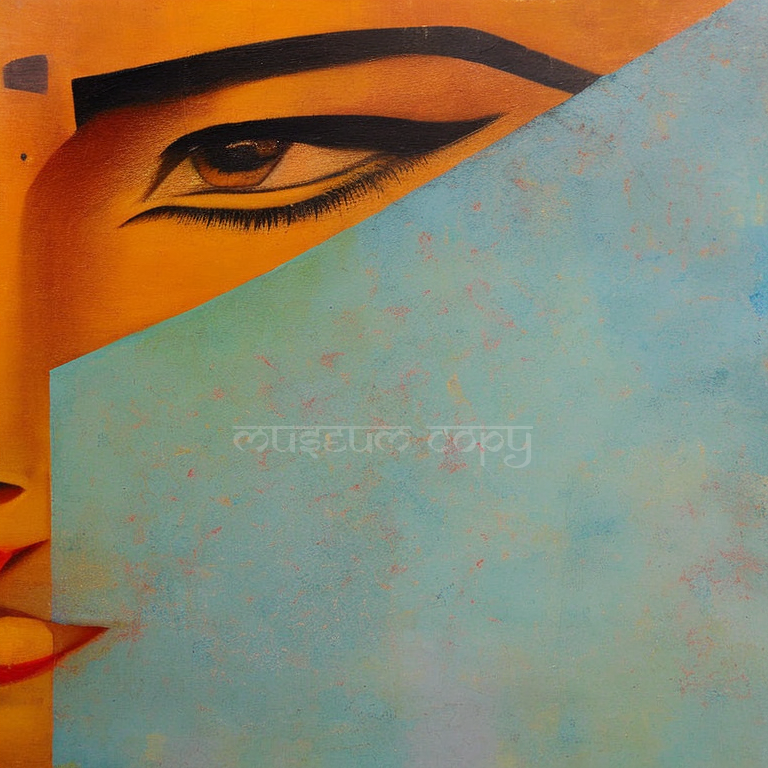The Profound Impact of Religion on South Asian Art
•

Religion has had a profound and enduring impact on South Asian art throughout history. The region is known for its rich religious traditions, including Hinduism, Buddhism, Jainism, Islam, and Sikhism, which have influenced artistic expressions in various ways. Here are some key impacts of religion on South Asian art:
Religion has provided a significant subject matter for South Asian art. Religious stories, mythologies, and deities are often depicted in sculptures, paintings, and temple architecture. The gods, goddesses, and religious narratives serve as a source of inspiration, allowing artists to express their devotion and communicate spiritual messages through their creations.
Symbolism and Iconography
Religious symbolism and iconography are integral to South Asian art. Specific symbols, gestures, and attributes associated with deities or religious figures are used to convey their identity and significance. These symbols and icons serve as visual language, allowing viewers to understand the religious context and deeper meanings embedded in the artwork.
Ritual Objects and Sacred Spaces
Religious practices and rituals have influenced the creation of various art forms. Elaborate sculptures, intricately designed ritual objects, and sacred spaces such as temples and shrines have been constructed to accommodate religious ceremonies and worship. These art forms play an essential role in facilitating religious rituals and serving as focal points for devotion and spiritual contemplation.
Architectural Styles
Religion has greatly influenced the architectural styles and structures in South Asia. Temples, mosques, stupas, and gurdwaras are designed with distinct features and layouts based on religious beliefs and practices. Intricate carvings, intricate detailing, and sacred geometry are often incorporated into the architecture, reflecting the religious aesthetics and symbolism.
Devotional and Religious Art Movements
Throughout history, various devotional and religious art movements have emerged in South Asia. These movements have been driven by the desire to express religious devotion, create sacred imagery, and evoke spiritual experiences through art. Examples include the Bhakti and Sufi movements, which gave rise to devotional poetry, music, and visual art forms.
Art as a Spiritual Path
In South Asia, art has been considered a means to attain spiritual realization and transcendence. The creation and appreciation of art have been seen as acts of devotion and a way to connect with the divine. Artists have often seen their creative practice as a form of spiritual discipline and a means to explore and express their relationship with the divine.
Conclusion
Overall, religion has shaped the aesthetics, subject matter, symbolism, and purpose of South Asian art. It has served as a powerful source of inspiration, providing a framework for artistic expression, and contributing to the spiritual and cultural fabric of the region.